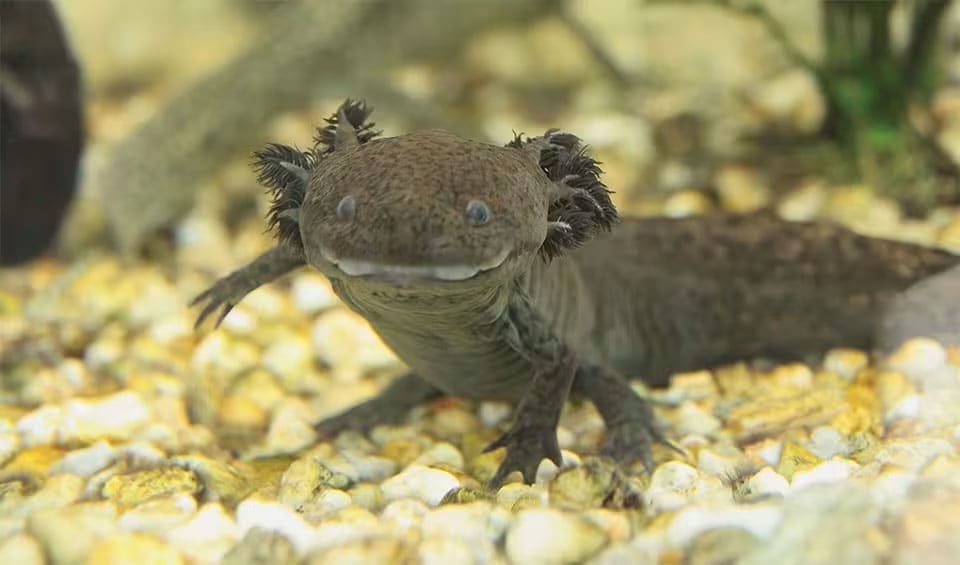Ambystoma – Mole salamanders
Advanced salamanders native to North America, with two famous members: the Axolotl and the Tiger salamander
Found in sporadic populations throughout the Piedmont region of the eastern USA and the Southeast’s Coastal Plain, mole salamanders are enigmatic creatures known for their secretive and nocturnal lifestyle, often hiding in leaf litter or burrows on the forest floor during the day. These unique amphibians have earned their name “mole salamanders” due to their subterranean habits and are a fascinating part of the region’s biodiversity.
In terms of their physical appearance, these salamanders display a range of characteristics. They may have distinctive spots on their backs and sides, and their coloration varies from light grey to light brown, providing them with effective camouflage in their terrestrial habitats. Their adaptability is a testament to their evolution in diverse ecosystems.
Mole Salamanders are typically found in upland woods adjacent to ponds or in floodplain forests near swampy areas. These habitats are essential for their life cycle, relying on aquatic environments for breeding. During breeding, adults migrate to these ponds or swampy areas to engage in courtship and deposit their gelatinous egg masses. The proximity to water is crucial for the survival of their aquatic larvae, which hatch from these eggs.
While some species, like the axolotl, retain their larval characteristics and remain in the water, most eventually undergo metamorphosis. Young mole salamanders start their lives with external gills and live exclusively in the water. As they grow, they lose their gills, develop lungs, and migrate to terrestrial habitats.
Species in this genus
Axolotl
With a cartoonish face that resembles a smiling emoji, Axolotl is among the most famous amphibians
Frosted flatwoods salamander
With its smooth, glistening skin, it’s like a walking jewel glimmering in the moonlight
Marbled salamander
With its intricate patterns resembling a painter’s masterpiece, this salamander is a walking work of art
Tiger salamander
One look at the “tiger stripes” on this salamander, and you’ll see where it got its name





